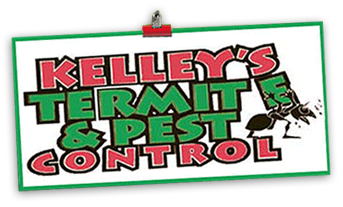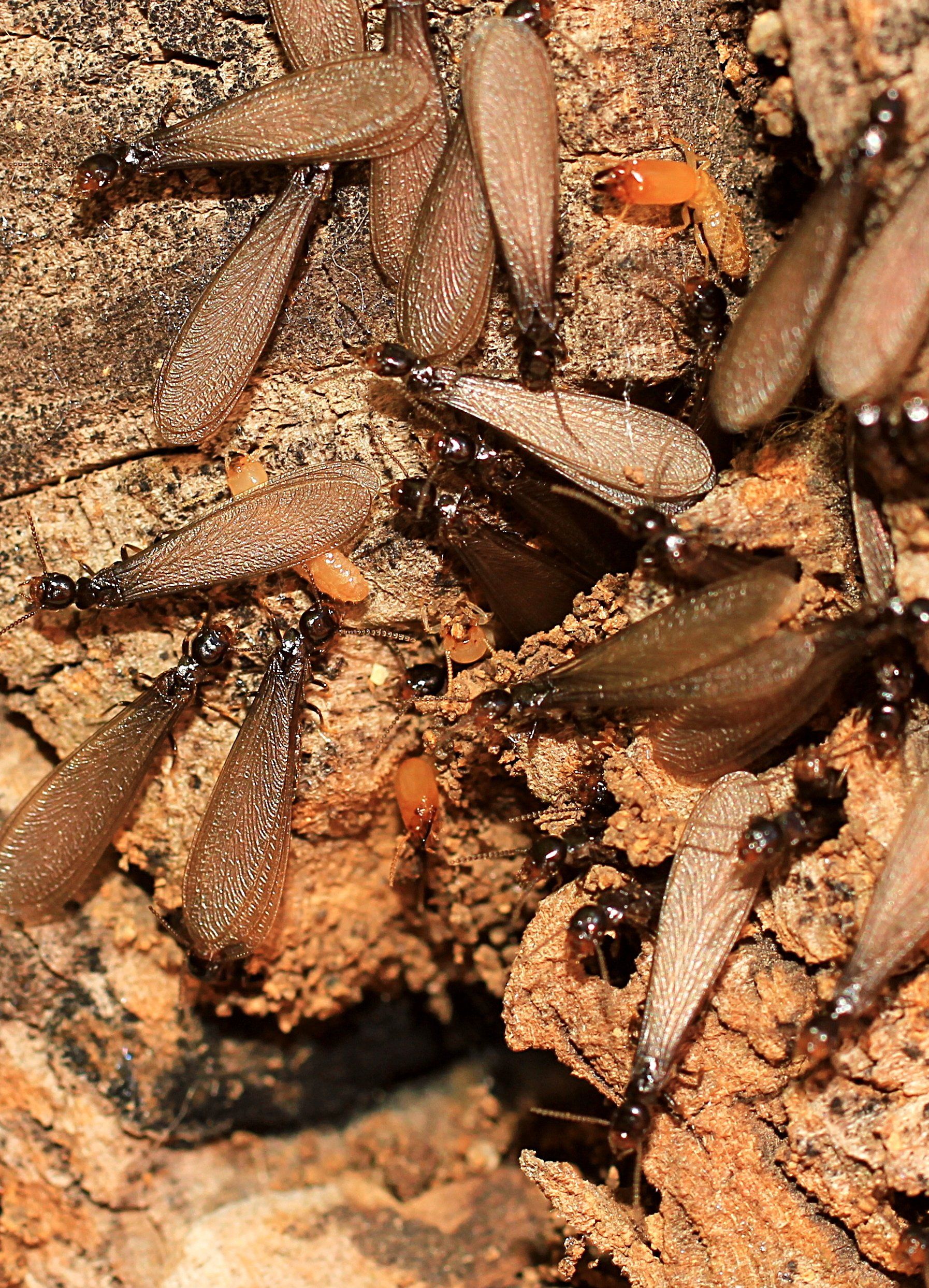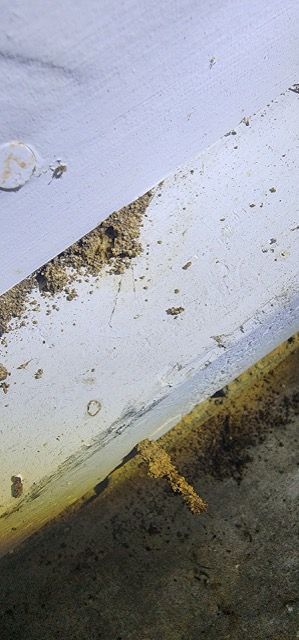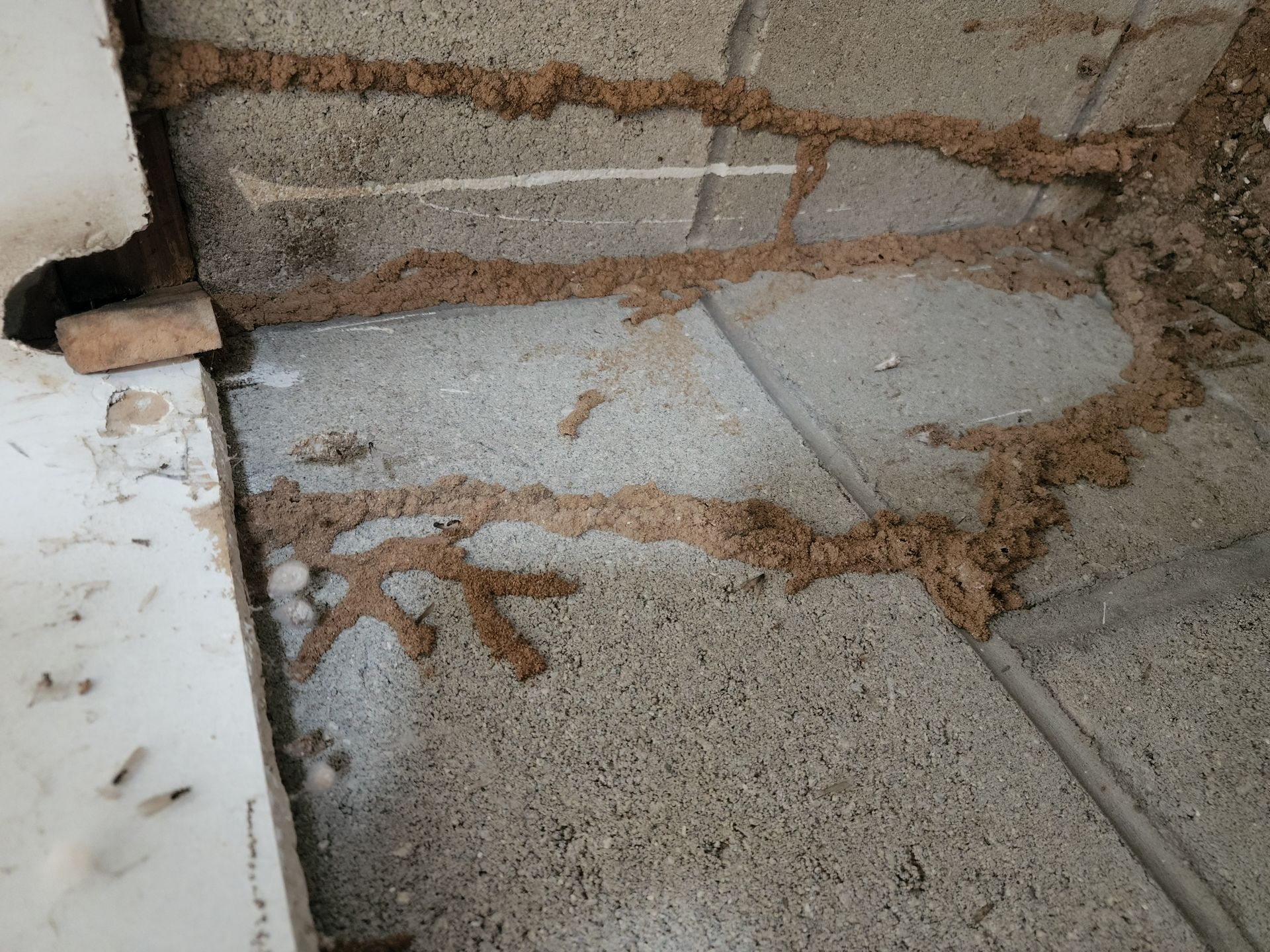Termite Removal in Spencer, IN
Over 25 Years of Experience | Licensed and Insured
Women's Business Enterprise
Reliable Termite Control Services
We would like to provide you with a bit of history. The ability of termites to cause damage to wooden structures has been known for thousands of years. The Romans referred to these insects as "Termes" which aptly means "woodworms."
Termites are among the most ancient of insects and their fossilized remains have been found in formations more than 100 million years old. The damage to structures from termite infestation in the United States is huge.
A common comparison given by experts is that termites cause more damage each year than fires and floods combined. Clearly if it were possible to "treat" a home to totally prevent damage from fire and floods we would all have it done...pronto!
No matter how your home is constructed, where it's located, or how old it is, it could be attacked by subterranean termites. They are among the most destructive organisms on the planet.
They are a threat across 70 percent of the world and in every part of the United States except Alaska and they cause $2-3 billion worth of damage each year. In fact, they are the most serious threat your home may face.
In most cases your homeowner's insurance will not cover the damages that termites inflict. Other signs of infestation are earthen (mud) tubes extending over foundation walls, support piers, sill plates, floor joists, etc.
The mud tubes are typically about the diameter of a pencil, but sometimes can be thicker. Termites construct these tubes for shelter as they travel between their underground colonies and the structure.
To help determine if an infestation is active, the tubes may be broken open and checked for the presence of small creamy-white worker termites. If a tube happens to be vacant, it does not necessarily mean that the infestation is inactive.
Termites often abandon sections of tube while foraging elsewhere in the structure. Termite-damaged wood is usually hollowed out along the grain, with bits of dried mud or soil lining the feeding galleries.
Wood damaged by moisture or other types of insects (e.g., carpenter ants) will not have this appearance. Occasionally termites bore tiny holes through plaster or drywall, accompanied by bits of soil around the margin.
Rippled or sunken traces behind wall coverings can also be indicative of termites tunneling underneath. Oftentimes there will be no visible indication that the home is infested. Termites are cryptic creatures and infestations can go undetected for years.
They could remain hidden behind walls, floor coverings, insulation, and other obstructions. Termite feeding and damage can even progress undetected in wood that is exposed because the outer surface is usually left intact.
Confirmation of infestation often requires the keen eye of an experienced termite inspector. However, even the most experienced inspector can overlook infestation or damage which is hidden. Call Kelley's Termite & Pest Control today for a FREE estimate. We provide estimates within 24 hours!






